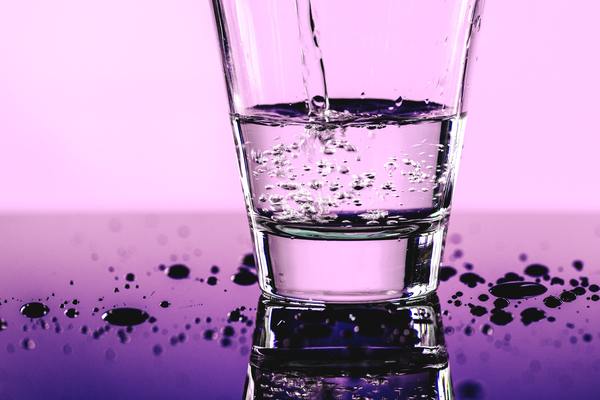Autism spectrum disorder (ASD) is a developmental disorder that affects a person’s ability to communicate and interact with others. It …


Autism spectrum disorder (ASD) is a developmental disorder that affects a person’s ability to communicate and interact with others. It …

Prediabetes is a condition in which a person’s blood sugar is chronically elevated, though not so high as to indicate …
Today, we’re talking about six ways insurance companies trick accident victims. I’m attorney David Dismuke, Florida Bar board-certified civil trial …

In order for dividend investing to work, you first need to make sure you select the best stocks, and that …

Fundamental analysis is important, and it plays a central role in the analysis of buy-and-hold and dividend investors. Its also …

Fundamental analysis is a process by which you study the fundamentals behind a financial asset. On the Forex markets, you …

Swing trading is a technique that has general application. Therefore it can be applied to the trading of any financial …

If you want to swing trade, you’re going to need to open a brokerage account. A brokerage is just a …

In this chapter, we will compare and contrast swing trading with some of the main strategies that other traders and …